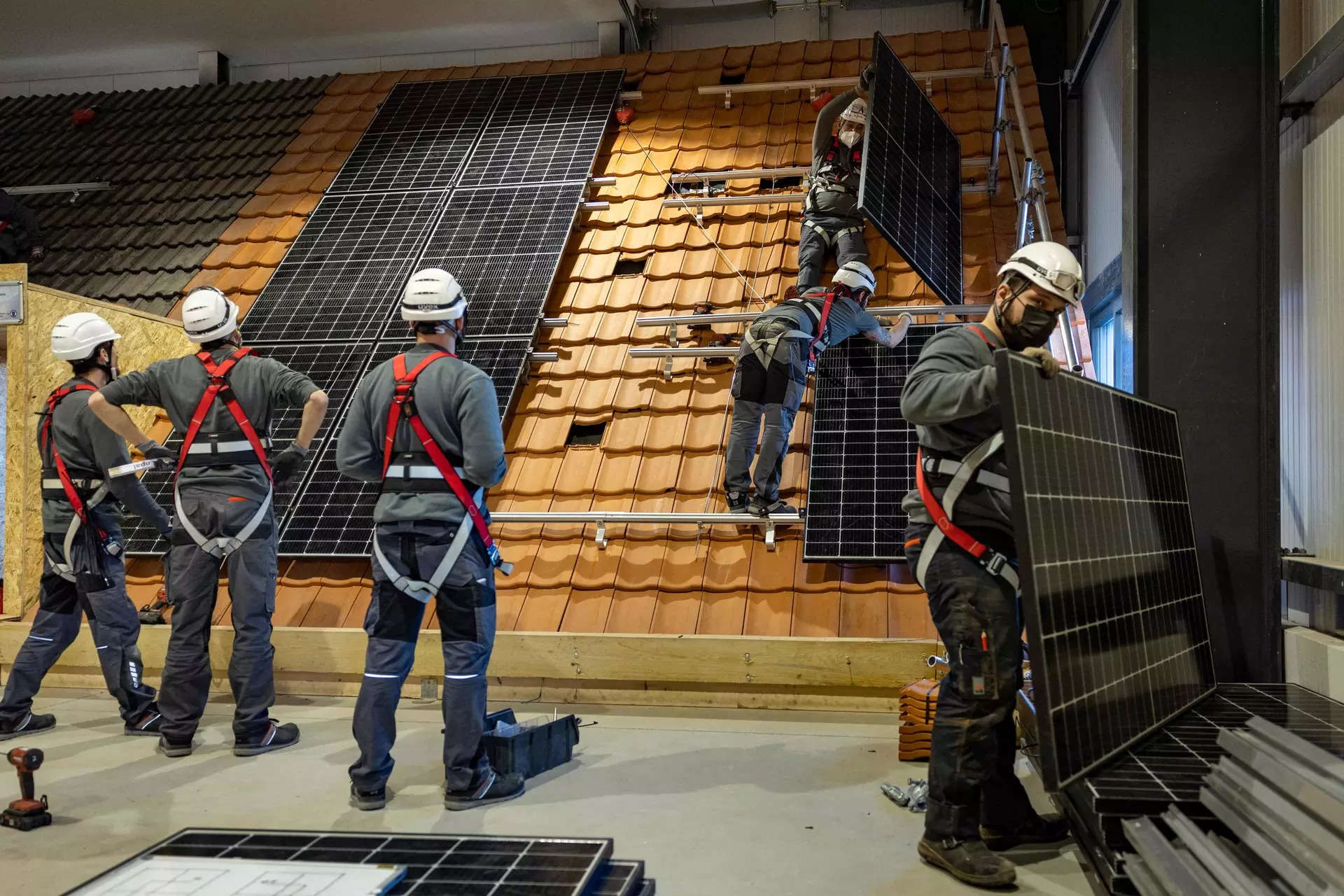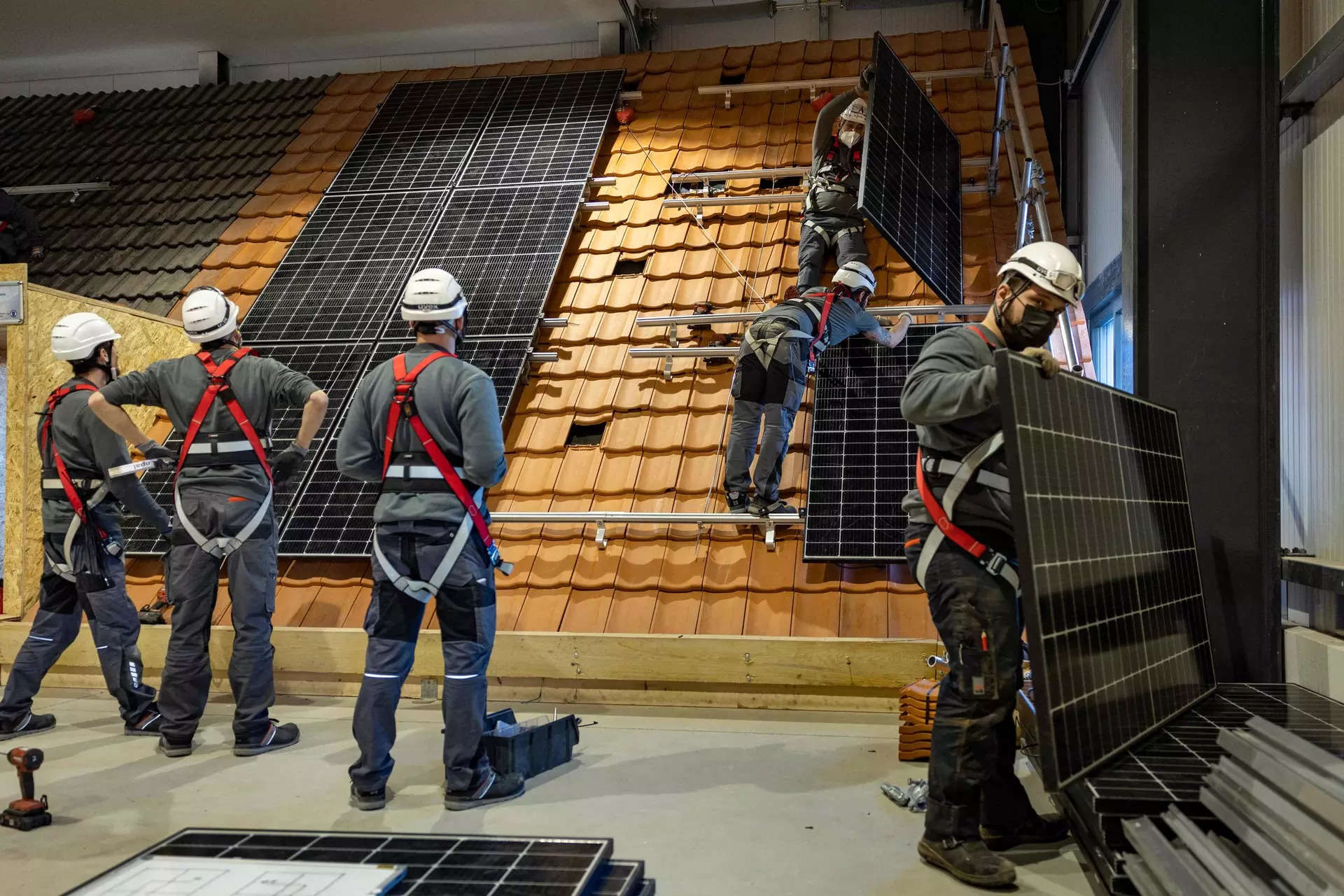
New Delhi: The total response for the Solar Energy Corporation of India’s (SECI) tranche-II of the production-linked incentive (PLI) scheme was 32 per cent lesser than tranche-I, despite tranche-II being 4.3 times bigger, said renewable energy consultancy Bridge to India.
“Tranche-II was 4.3 times bigger than the first tranche and yet the total response was 32 per cent lesser in comparison. Overall, it was undersubscribed to the extent of 28 per cent but the biggest shortfall of 37 per cent was seen in the fully integrated category,” it said in its press release on Wednesday.
In total, PLI will be available for 48 GW manufacturing capacity.
“The bid result shows immense competitive disadvantage facing domestic manufacturers. Despite strong trade barriers and offering a plethora of incentives, we expect domestic polysilicon and cell capacity to reach only 30 GW and 42 GW respectively by December 2026, barely enough to meet domestic demand,” said Vinay Rustagi, managing director, Bridge To India.
He added that unfortunately, market uncertainty seems set to continue for both manufacturers and project developers.
Under tranche-II, a total of 11 companies were awarded PLI of $1.7 billion to set up a combined manufacturing capacity of 39.6 GW. Reliance and Shirdi Sai were awarded PLI for another 6 GW fully integrated capacity each, taking their total awarded capacity to 10 GW each, maximum permissible under the scheme, said the consultancy.
First Solar is the only other winner in the fully integrated category with a capacity of 3.4 GW. There are five winners including Waaree, ReNew, Avaada, Grew and JSW in the wafer-module category with a combined capacity of 16.8 GW; and three winners including Tata Power, Vikram and Amp in the cell-module category with a combined capacity of 7.4 GW.
“Average PLI amount per GW of awarded capacity for the three categories works out to be about 25 per cent of capital cost,” added the release.
The consultancy said that it is worth noting that almost 50 per cent of the PLI bid capacity has come from project developers, who, alarmed by market disruption over the past two years and stiff import barriers, are seeking mainly to meet their captive demand.
It added that many bidders from the first round chose not to participate, most prominently Adani. Having earlier set ambitious plans, the group chose to sit out this round focusing instead on capital discipline in the aftermath of Hindenburg allegations.
“The muted response is mainly down to the overly generous US Inflation Reduction Act and massive overcapacity in China. Both countries are seeing a spate of investments leading to concerns about competitiveness of India-made modules in the international market,” it said.
China’s polysilicon capacity is expected to double this year to an equivalent of about 800 GW of modules, while its total cell and module capacity is expected to jump to a whopping 1,000 GW, as against estimated global demand of about 300 GW, the release said.
Meanwhile, the US module production capacity is also expected to grow multi-fold to about 70 GW by 2026.


